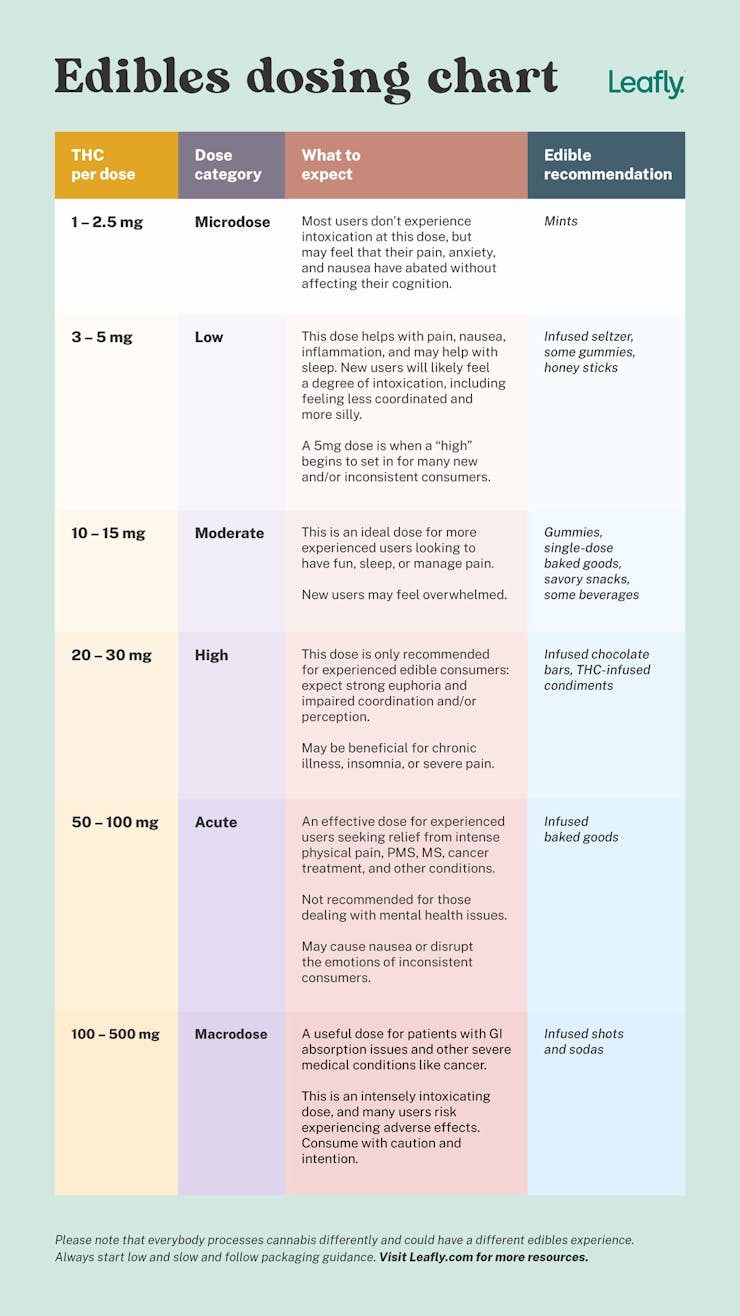Dionysos
Active member
Greetings, fellow food enthusiasts!
Cooking and baking have always been a passion of mine, and in recent years, I've been adding some special spices to my creations. I'm excited to share these recipes with you and to refine them along the way.
I already pressed some rosin out of dry ice hash at 72 °C (162 °F) for 3 minutes:




Coming soon:
- hard candy
- gummy bears
- chocolate
- sugar
- butter
- and much more …
So, let's get started and indulge in some delicious treats!
First of all, a few theoretical basics.
Edibles dosage charts:

.png)
In most of the recipes shown in this thread temperature won't be sufficient for decarboxylation.
Why is decarboxylation necessary?
It converts THCA/CBDA into their active forms THC/CBD and produce their desired effects.
What actually happens during decarboxylation?
THCA + heat -> THC + CO2 (CO2 escapes, similar to sparkling water).
And how do I do it at home without a lab?
A) In an oil bath at approx. 140 °C (284 °F):
Seal material in a preserving jar and hang it in the preheated oil bath. Decarboxylation is completed after approximately 10 minutes, easy to observe with rosin or extracts as foaming subsides.



B) In a pressure cooker at level 2 (approximately 117 °C (243 °F)):
Seal material in a preserving jar and place it in the pressure cooker with boiling water, ideally on a rack so that the preserving jar has no direct contact with the pot. Decarboxylation is completed after approximately 45 minutes, the process cannot be observed.
Cooking and baking have always been a passion of mine, and in recent years, I've been adding some special spices to my creations. I'm excited to share these recipes with you and to refine them along the way.
I already pressed some rosin out of dry ice hash at 72 °C (162 °F) for 3 minutes:
Coming soon:
- hard candy
- gummy bears
- chocolate
- sugar
- butter
- and much more …
So, let's get started and indulge in some delicious treats!
First of all, a few theoretical basics.
Edibles dosage charts:

.png)
In most of the recipes shown in this thread temperature won't be sufficient for decarboxylation.
Why is decarboxylation necessary?
It converts THCA/CBDA into their active forms THC/CBD and produce their desired effects.
What actually happens during decarboxylation?
THCA + heat -> THC + CO2 (CO2 escapes, similar to sparkling water).
And how do I do it at home without a lab?
A) In an oil bath at approx. 140 °C (284 °F):
Seal material in a preserving jar and hang it in the preheated oil bath. Decarboxylation is completed after approximately 10 minutes, easy to observe with rosin or extracts as foaming subsides.
B) In a pressure cooker at level 2 (approximately 117 °C (243 °F)):
Seal material in a preserving jar and place it in the pressure cooker with boiling water, ideally on a rack so that the preserving jar has no direct contact with the pot. Decarboxylation is completed after approximately 45 minutes, the process cannot be observed.
Last edited:


